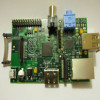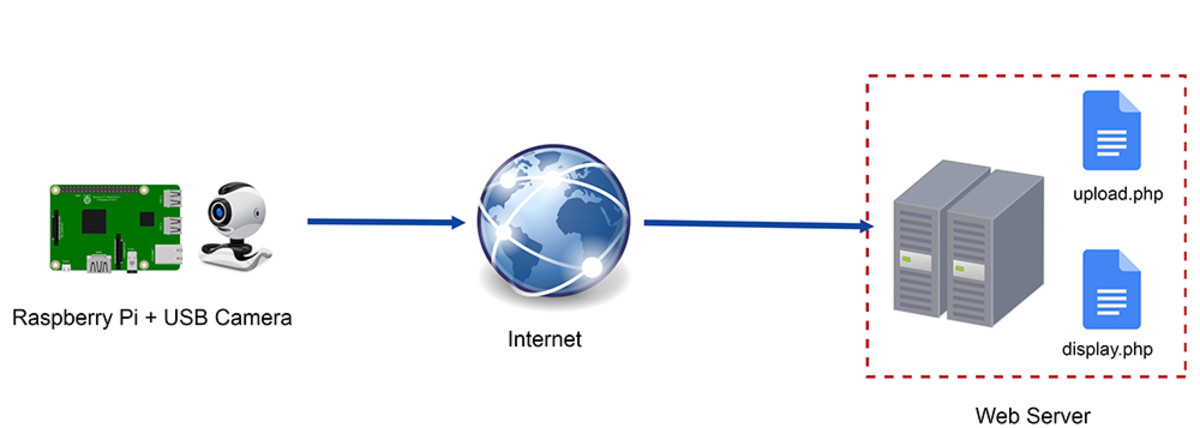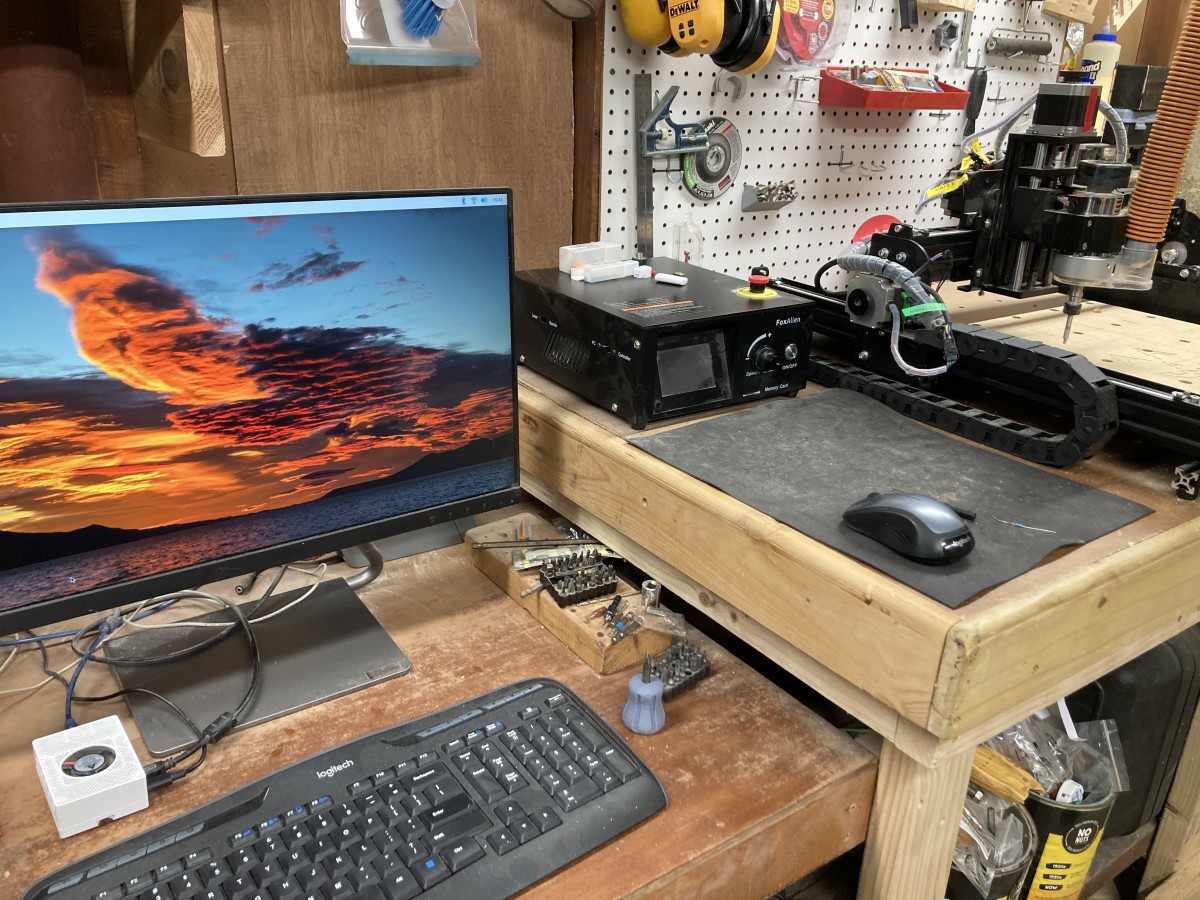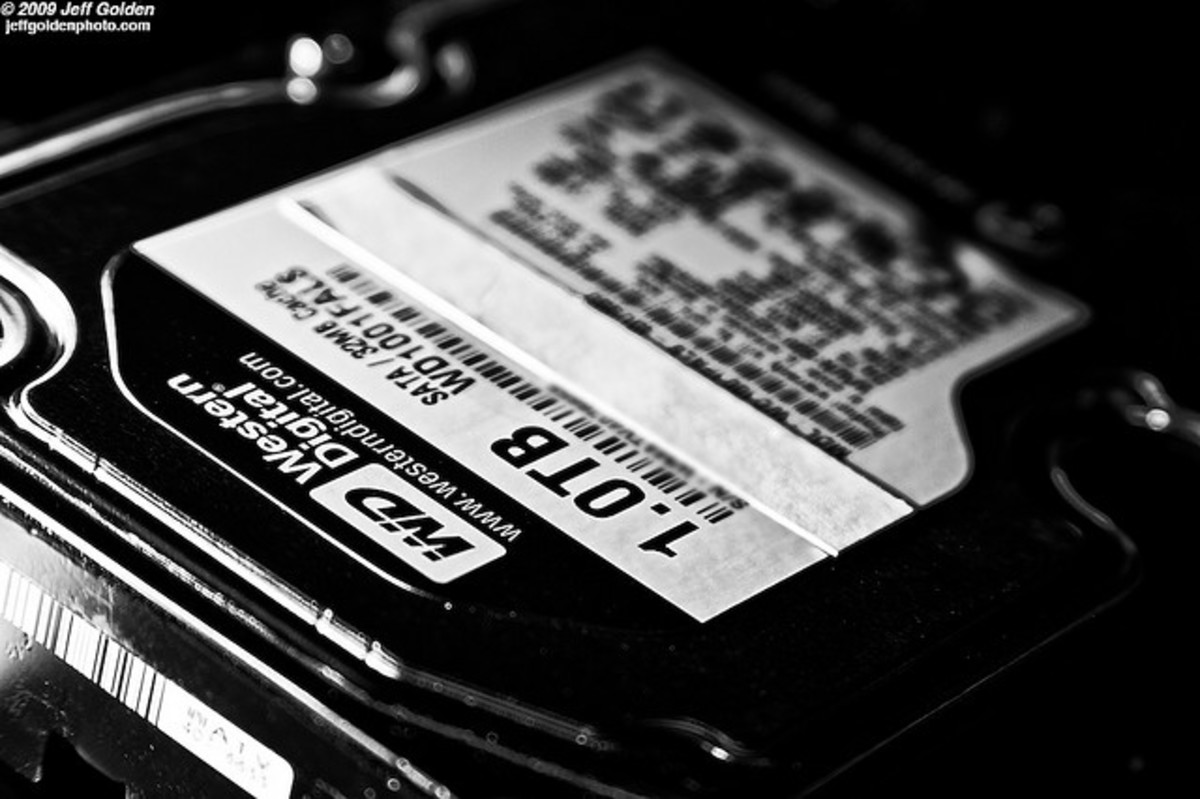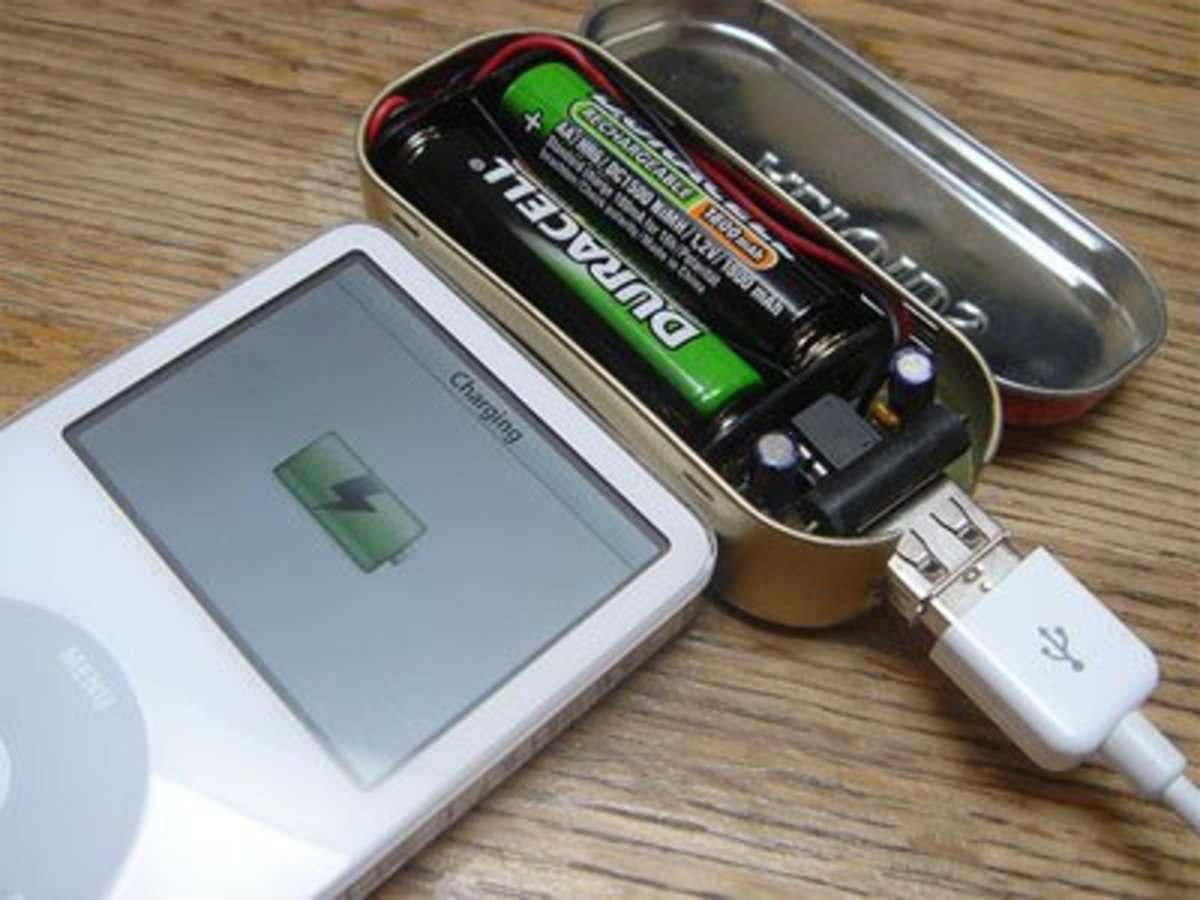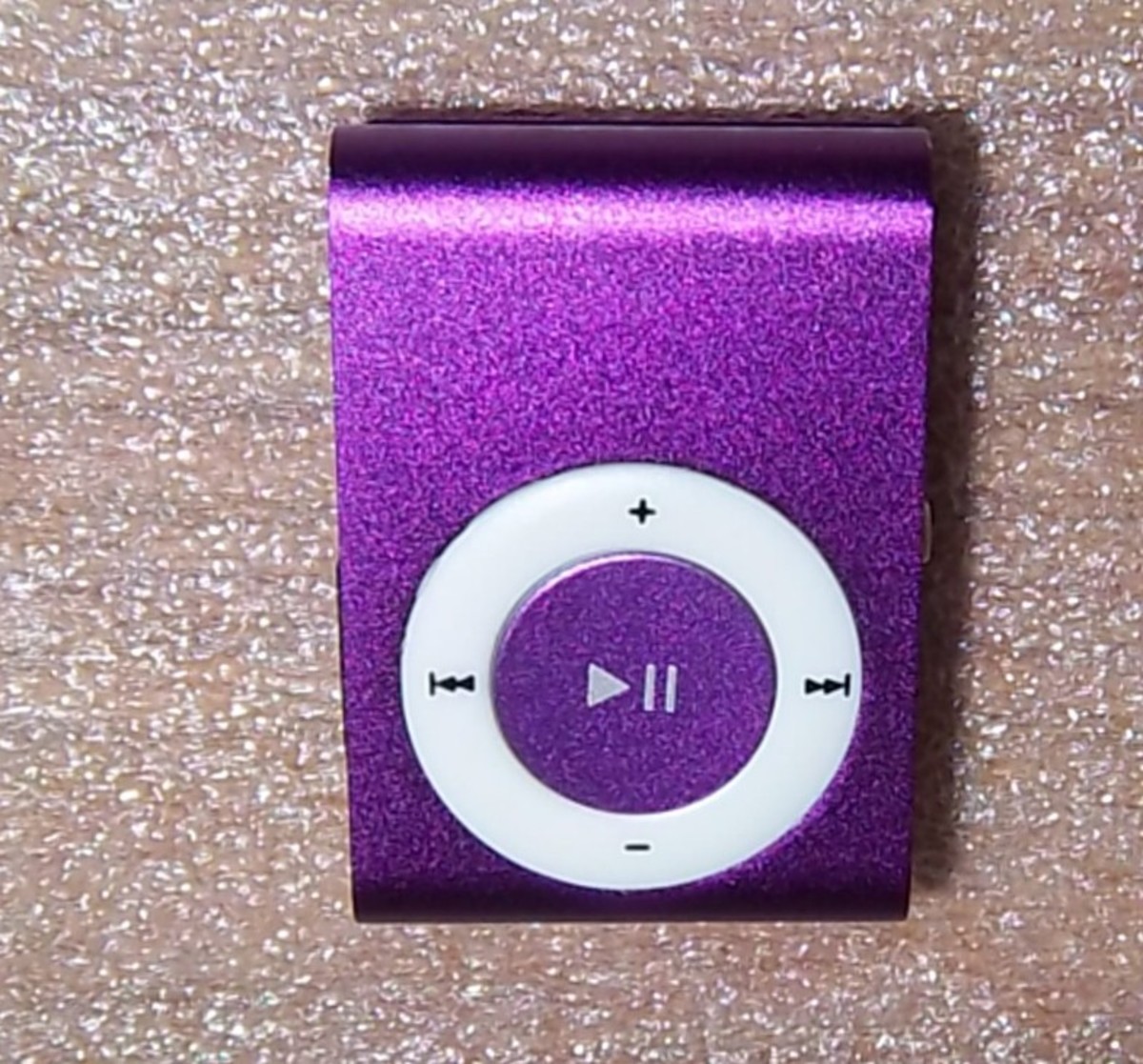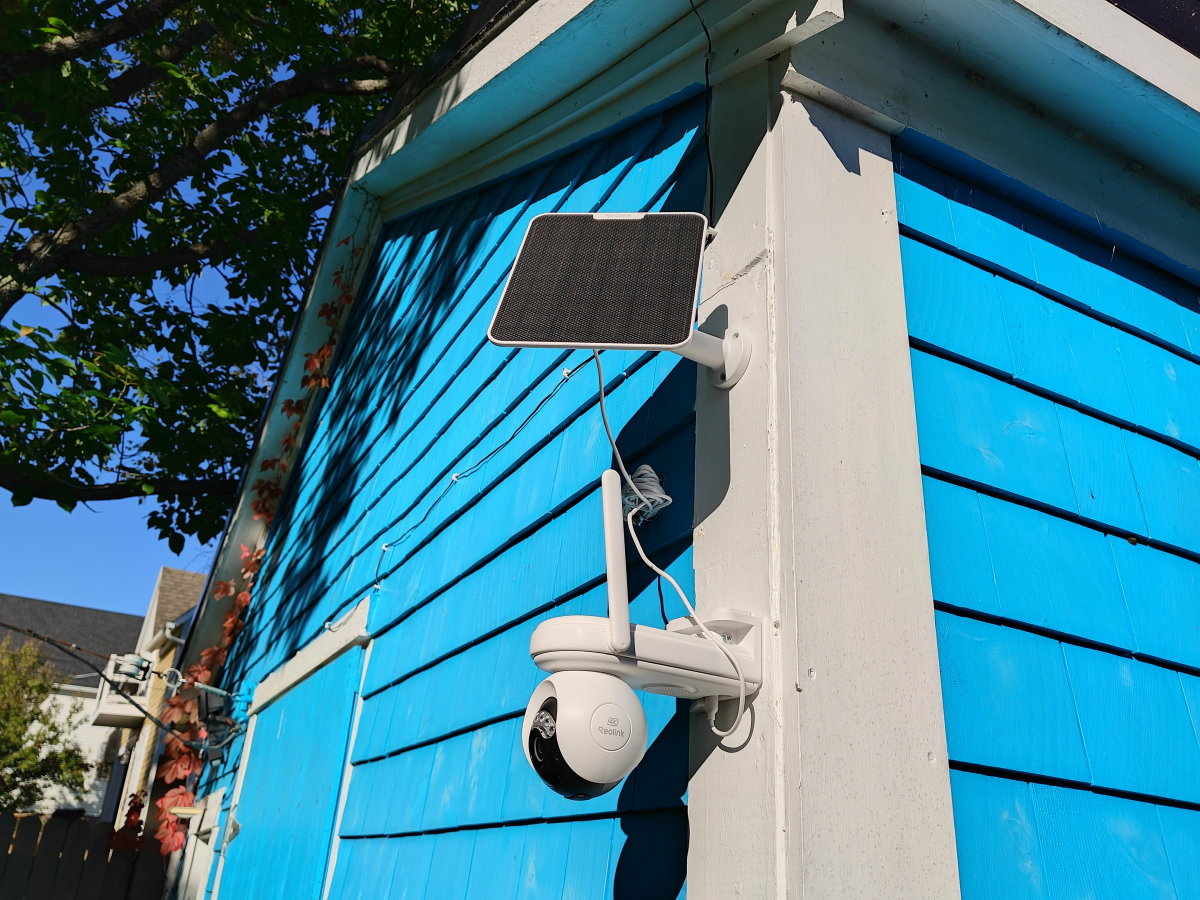How can the Raspberry Pi be used?
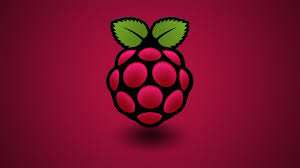
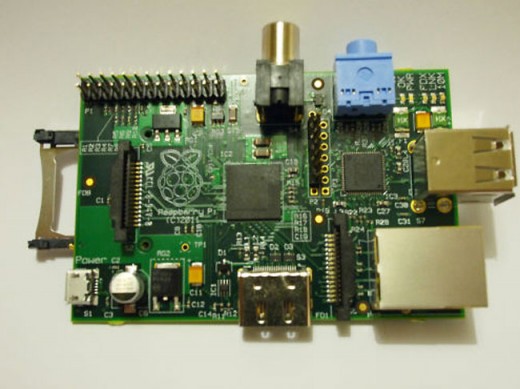
A few months ago, I wrote an article on how the Raspberry Pi could be used, however now it has been out for a while, I have found some fantastic examples of how it has been used. There have been a few small scale projects going on so far, and I expect that these will come together to create something amazing. I will put these as simply as possible, to avoid jargon, and allow anyone to understand this.
So, here are a few of the projects/ideas I have seen:
Webcam system
Webcam system
This was created with the aim to be able to see different parts of somebody’s house, using webcams, with the images/video being displayed on a screen. Although it ran at only one frame per second, this could be improved to become a fully functional security system, showing you all parts of your house – without the high cost. The only major cost it would take is time, especially if you aren’t sure what you are doing.
The reason the Pi is useful for this, instead of a normal computer, is that you can keep the Pi on overnight if you want, which won’t take up much electricity, whereas a desktop PC or a laptop would be significantly less efficient.
Voice recognition/Robot arm
Voice recognition/robot arm
Something much more complicated was created to show, still on a small scale, how the Raspberry Pi can be used. It used a £30 USB robotic arm, and a PlayStation Eye, which the maker says has a good quality microphone. A USB microphone would also work in its place. Both of these are connected to the Raspberry Pi, and when he tells the robotic arm to ‘Face left’, it faces the left. When he commands ‘Shoulder up’, the shoulder moves up. There is a slight delay, however this was a project created by one person, and voice recognition can be very heavy on programming.
The Raspberry Pi has a brilliant use in this, as it makes it portable – essentially allowing you to use this robotic arm wherever you go! This could lead to some very advanced robotics being related with the Raspberry Pi at their core – whether it is for precision in a science lab, or maybe someone simply wants to try out the Doctor Octopus arms.
Raspberry Rover
Raspberry Rover
This is fairly self-explanatory to a certain level, as it is a car (or a rover) connected to the Raspberry Pi, however the clever part is its ‘eye’. It has a webcam on the top of it, which is currently programmed to find anything green, and if it does, then the rover moves towards it – and if not, it searches around looking for it.
The Raspberry Pi’s use here is as always its portability – although in the video it isn’t very mobile, the Pi could be attached to the rover, allowing it to move as far out as it needs to go. Unless it had a very powerful engine/strong frame, this could never be done with a fully sized computer or laptop.
Although each of these innovations on the Pi is brilliant, they aren’t exciting alone. What is exciting is that if ideas like these are put to use together, then it is essentially homemade robotics. And compared to usual robotics, this is very simple to do, which means we could be entering an age of consumer robotics, which replaces simple electronics, to give us smarter, more precise appliances.
To give a simple idea, imagine merged these ideas, to allow the robotic arm to move, and find any green blocks – and when it does, it can pick them up, and collect them in a storage area.
Or maybe a security system could be developed which, in the rare case of someone breaking in, it automatically sticks out a robot arm with a Taser, and well, the rest would be history.
These ideas may seem stupid, or pointless, but they are a small percentage of the ideas that could be generated in the years or maybe even months to come. Hackers around the world finally have the chance to make things different, to actually make a change – and it starts with simple projects like these.
